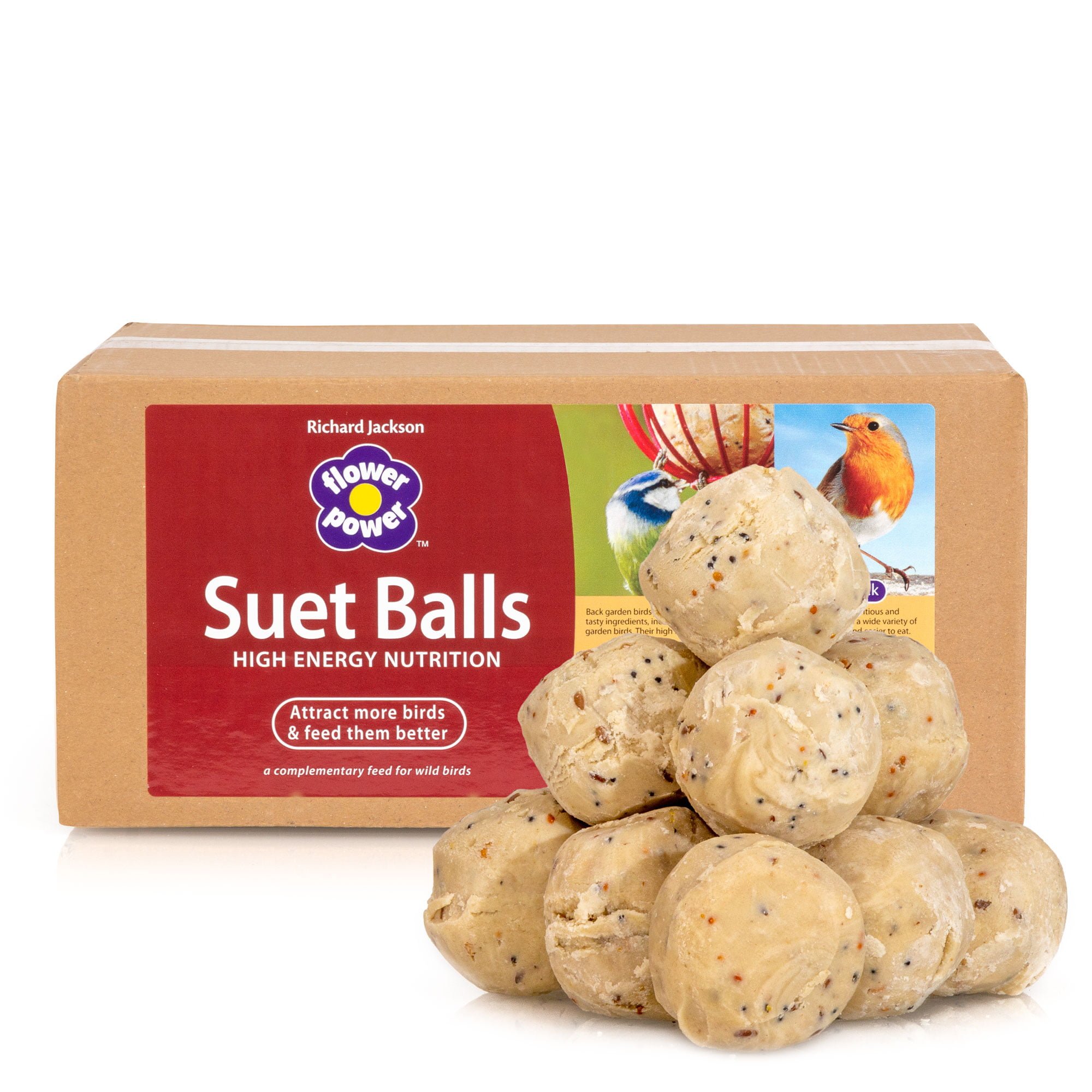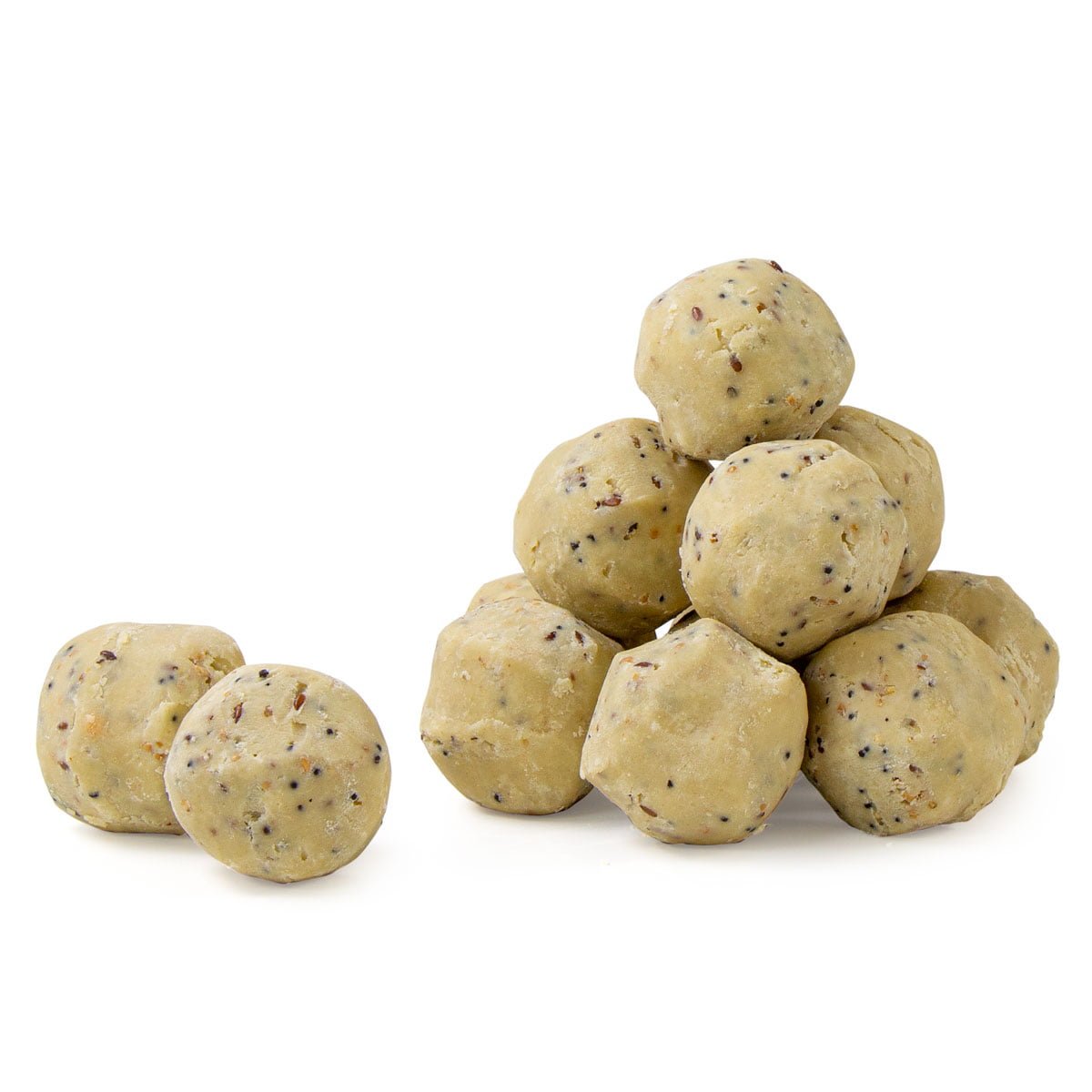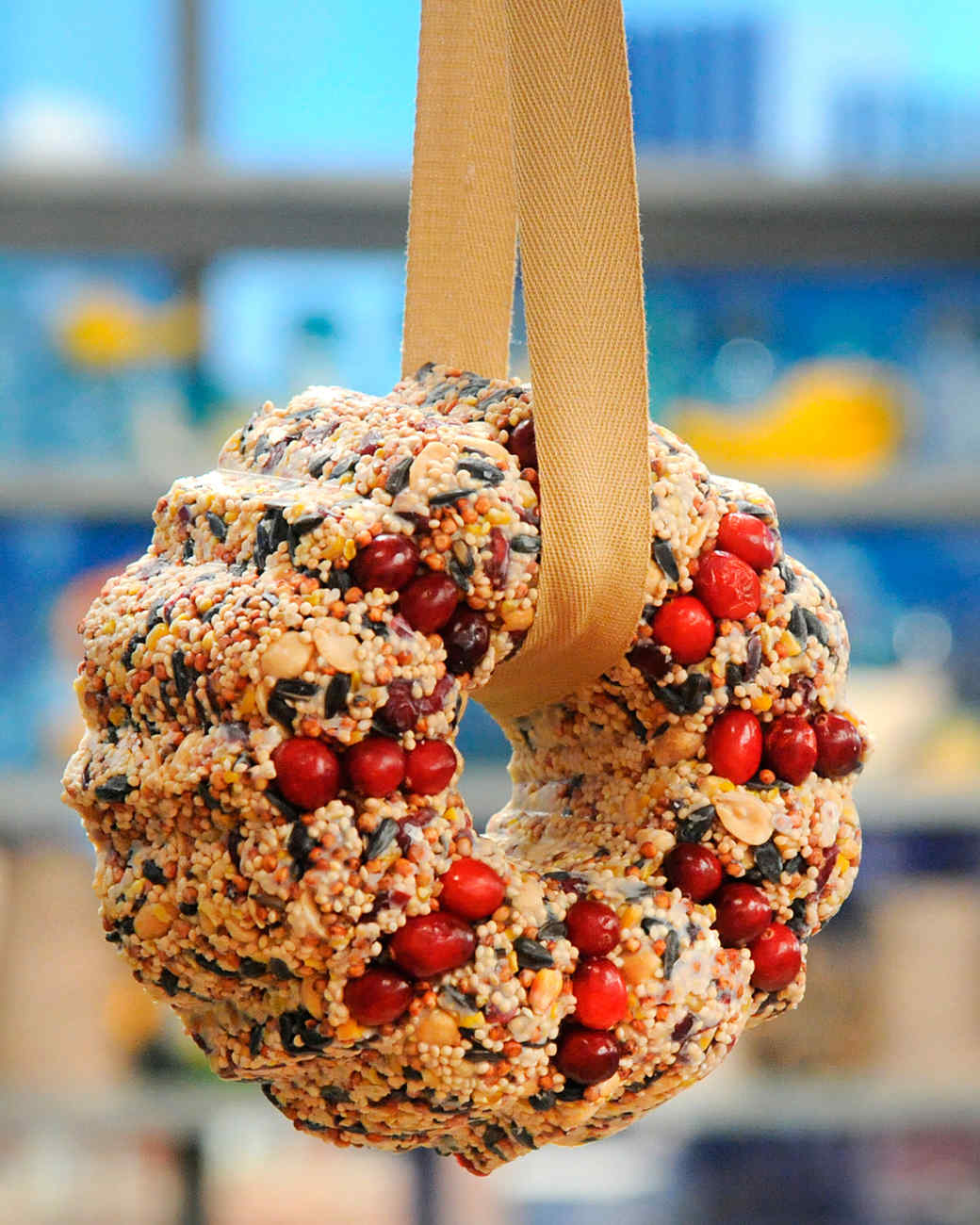Why Suet Balls Are a Hit with Backyard Birds
When it comes to attracting a variety of bird species to your backyard, suet balls are a popular and effective option. These energy-rich treats provide birds with the necessary fuel to survive harsh weather conditions, such as cold winters and hot summers. By offering suet balls, you can attract birds like woodpeckers, nuthatches, and chickadees, and enjoy the joy of watching them thrive in their natural habitat. In fact, suet balls are often considered a vital source of nutrition for birds during the winter months when natural food sources are scarce. If you’re wondering how to make suet balls for birds, you’re in the right place. With a few simple ingredients and some basic instructions, you can create a nutritious and appealing treat that will keep your feathered friends coming back for more.
Gathering Ingredients: What You’ll Need to Make Suet Balls
To create nutritious and appealing suet balls for birds, you’ll need a few essential ingredients. The main component is suet, a high-energy food made from animal fat. You can purchase suet at most bird-feeding stores or online. In addition to suet, you’ll need a binding agent like peanut butter to hold the mixture together. Other ingredients like seeds, nuts, and fruits add variety and nutrition to the suet balls. Some popular options include sunflower seeds, chopped nuts like peanuts or almonds, and dried fruits like cranberries or cherries. You can also customize your suet balls by adding other ingredients like oats, cornmeal, or even mealworms. When selecting ingredients, be sure to choose fresh and high-quality options to ensure the best results. By combining these ingredients in the right proportions, you can create a delicious and nutritious treat that birds will love.
How to Make Suet Balls: A Step-by-Step Guide
Now that you have gathered all the necessary ingredients, it’s time to learn how to make suet balls for birds. This process is relatively simple and requires minimal equipment. To start, combine 1 cup of suet with 1/2 cup of peanut butter in a large mixing bowl. Mix the two ingredients together until they form a smooth, consistent paste. Next, add 1 cup of mixed seeds, nuts, and fruits to the bowl and mix until they are evenly distributed throughout the suet mixture. If desired, you can customize the mixture by adding other ingredients like oats, cornmeal, or mealworms. Once the mixture is complete, use your hands or a spoon to shape it into small balls, about 1-2 inches in diameter. You should end up with around 6-8 suet balls, depending on their size. To store the suet balls, place them in an airtight container or plastic bag and keep them in the refrigerator until you’re ready to hang them. When searching for answers to “how do you make suet balls for birds,” following this simple recipe is a great place to start.
Tips for Customizing Your Suet Balls
One of the best things about making suet balls for birds is the ability to customize them to meet the specific needs of your backyard visitors. By tailoring your suet balls to particular bird species or seasonal needs, you can attract a wider variety of birds and provide them with the nutrients they need to thrive. For example, during the winter months, consider adding berries or other fruits to your suet balls to provide a boost of energy and antioxidants. In the spring, you might add more seeds and nuts to support birds as they build their nests and raise their young. If you’re looking to attract specific bird species, such as woodpeckers or blue jays, try using different types of seeds or nuts that are known to attract those birds. When searching for answers to “how do you make suet balls for birds,” considering the specific needs of your backyard birds can help you create a more effective and appealing treat. Additionally, you can experiment with different shapes and sizes of suet balls to see which ones are most appealing to your birds. By customizing your suet balls, you can create a bird-friendly environment that will attract a diverse range of species and provide them with the nutrients they need to thrive.
The Importance of Using High-Quality Suet
When it comes to making suet balls for birds, the quality of the suet used can make a significant difference in the overall effectiveness and nutritional value of the treats. High-quality suet is typically made from animal fat, such as beef or pork, and is rich in energy and nutrients. This type of suet is ideal for bird feeding because it provides a concentrated source of energy that can help birds survive during harsh weather conditions. On the other hand, low-quality suet may be made from inferior ingredients, such as vegetable oils, and may not provide the same level of nutrition and energy for birds. When searching for answers to “how do you make suet balls for birds,” it’s essential to prioritize the use of high-quality suet to ensure that your backyard birds receive the best possible nutrition. Additionally, high-quality suet is less likely to spoil or become rancid, which can be harmful to birds. By using premium suet, you can create suet balls that are both appealing and nutritious, attracting a variety of bird species to your backyard and supporting their overall health and well-being.
How to Hang and Maintain Your Suet Balls
Once you’ve made your suet balls, it’s essential to hang them in a way that’s accessible to birds, yet protected from the elements and predators. A good rule of thumb is to hang your suet balls in a location that receives partial shade, as direct sunlight can cause the suet to melt. You can use a suet feeder or a mesh bag to hang your suet balls, making sure to place them at a height that’s easy for birds to reach. When searching for answers to “how do you make suet balls for birds,” it’s crucial to consider the maintenance and upkeep of your suet balls. To keep your suet balls fresh and appealing, make sure to replace them every few weeks, or as needed. You can also store your suet balls in an airtight container in the refrigerator or freezer to keep them fresh for longer. Additionally, consider using a variety of hanging locations and types of suet balls to attract a diverse range of bird species to your backyard. By following these tips, you can create a bird-friendly environment that will attract a variety of species and provide them with a nutritious and energy-rich treat.
Common Mistakes to Avoid When Making Suet Balls
When making suet balls for birds, it’s essential to avoid common mistakes that can affect the quality and effectiveness of the treats. One of the most critical mistakes is using spoiled or low-quality ingredients, such as rancid suet or moldy seeds. This can lead to unhealthy or even toxic treats that can harm birds. Another common error is not storing suet balls properly, which can cause them to become rancid or spoiled. When searching for answers to “how do you make suet balls for birds,” it’s crucial to prioritize proper storage and handling techniques. Additionally, failing to mix the ingredients properly or not using the right ratio of suet to other ingredients can result in suet balls that are too hard or too soft, making them unappealing to birds. By being aware of these common mistakes and taking steps to avoid them, you can create high-quality suet balls that will attract a variety of bird species to your backyard and provide them with a nutritious and energy-rich treat.
Conclusion: Enjoying the Fruits of Your Labor
By following the guidelines and tips outlined in this article, you can create nutritious and appealing suet balls that will attract a variety of bird species to your backyard. The joy of watching birds flock to your suet balls, knowing that you’re providing them with a healthy and energy-rich treat, is unmatched. When searching for answers to “how do you make suet balls for birds,” it’s essential to remember that the process is not only about creating a bird-friendly treat but also about providing a sense of connection and community with nature. By making suet balls, you’re not only feeding birds but also contributing to their overall health and well-being. So, get creative, experiment with different ingredients, and enjoy the fruits of your labor as you watch your backyard transform into a bird-friendly haven.







